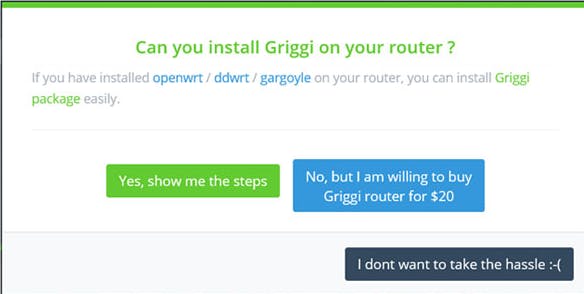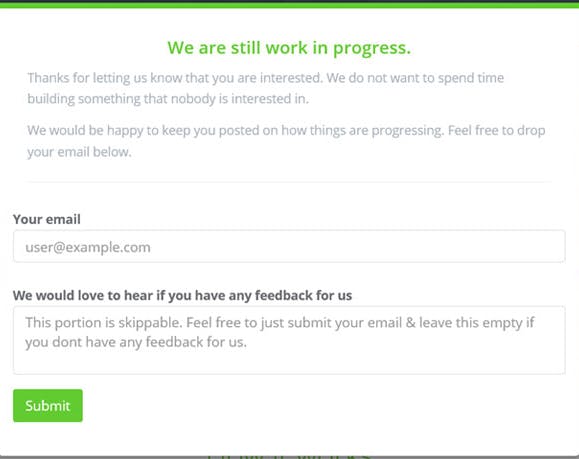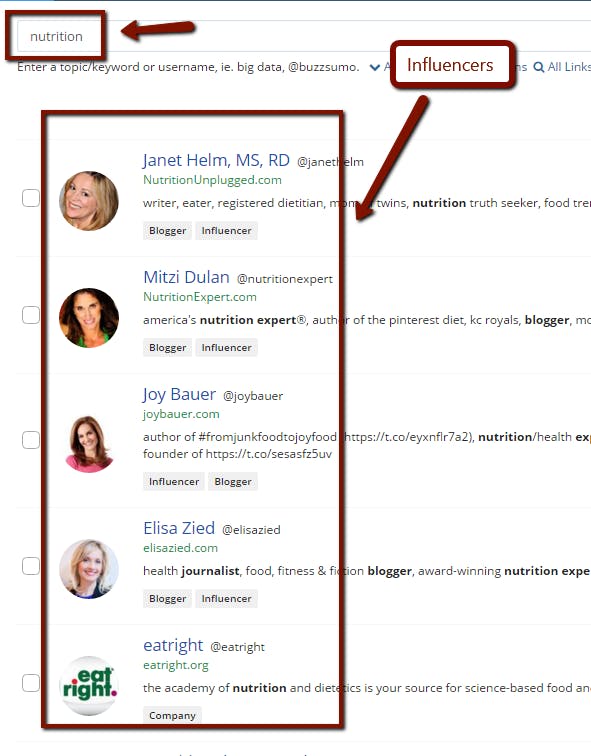How to Validate an MVP: 5 Methodologies For Startup Founders

MVPs, or minimum viable products, are critical to the startup process. By definition, they are products that have been simplified to the point where you can validate them with customers. But how do you go about validating an MVP?
This blog post will look at five different methodologies for doing just that.
Regardless of your chosen methodology, it's important to remember that the goal is always to validate your product with customers as quickly and cheaply as possible.
So let's get started!
Table of contents
On Cartoons and the Art of Failure
As a 7-year-old boy, I loved drawing cartoons.
So, one day, I had this brilliant idea: I would sell customized cartoons to all my friends at $.25 apiece.
If my friend Tommy loved Spiderman, I would draw a Spiderman for him; if my friend Elise loved The Powerpuff Girls, I'd draw one of the three girls for her, and so on.
I would ship them to their houses on my bicycle and all.
It was the perfect business plan (at least in my mind).
I spent the whole day drawing a bunch of cartoons.
The next day, I woke up early, ate some cereal, and went out to start "selling."
Two or three hours later, I returned home with all the cartoons.
I sold none.
And here's why:
I assumed my friends would love to buy my drawings (after all, I customized them), but I never asked if they wanted me to draw them.
That's why I failed.
I felt awful (like crying bad), and my mom bought them all (moms are cool, aren't they?).
This story might be silly, but it perfectly explains the point.
As an entrepreneur, assumptions should be your worst enemy – avoid them at all costs.
Instead of assuming, you should always validate your ideas with real people.
That's why, in this article, we'll look at five methodologies for validating your MVP.
Method # 1: Use The AFTM Approach
Sales.
That's all you need to validate an MVP.
If you can sell your product before creating it, you don't need more proof – people want it.
And that's what this technique is all about.
AFTM stands for "Ask For the Money."
Instead of setting up a "coming soon" page and collecting emails as everybody does, you should create a sales page and see how many people are willing to pay for your product.
After all, there's no better way to validate an idea than to get a group of people ready to buy.
That's what Griggi – a Wi-Fi sharing app – did a while back. The team built a website, explained how the app works and asked their visitors: Can you install Griggi on your router?

The visitors could take three different directions:
- Install Griggi
- Buy The Griggi router
- Leave the page
When people clicked option one or two, they saw a message that said Griggi wasn't ready yet, but they could sign up for the waiting list.

Griggio's team analyzed how many visitors clicked each button, allowing them to visualize the tool's potential.
Now they're a very successful company.
Want to hear the good news?
You can take the same approach.
Instead of just building a "coming soon" page, validate your idea by asking people if they'd be willing actually to pay for your product.
Note: You can read Griggio's case study here.
Method # 2. Become a Social Media Listener
In this day and age, you can't ignore social media.
It has turned into the most used communication channel. Studies have found that people spend more time on social media than on TV, which is a huge advantage.
Here's why:
Unlike other channels – like phone calls or personal talks – social media allows you to intercept people's conversations.
You can figure out what people say about any brand, product, or person by just signing in to your favorite social network and performing a quick search.
Now, if you're smart (which you are), you'll take that advantage to validate your mvp and improve it.
How? By "listening" to what people say about companies, celebrities, or brands correlated to your product.
For instance, let's say you want to launch an iPhone app that helps entrepreneurs increase productivity. In this case, you could "listen" to what people say about apps like Clear, Evernote, Sunrise, and Dropbox, since their target audience is people who want to be more productive.
When you become a social listener, you can find gaps or "what's missing" in your competition's products. And here's the key:
If your idea fills one of those gaps, you're all set.
Now the question is: How can you do that?
Two tips:
Brand monitoring tools
Tools like Mention, Google Alerts and Buzzsumo allow you to monitor keywords and brands on social media and receive an email alert whenever someone mentions them.
This is a simple way to intercept conversations when they're happening.
For example, taking back the productivity app, you could track "Evernote." This way, you will receive a notification if a person says something about Evernote.

And here's the point: Every time you hear complaints or something negative about the product, save that conversation in a Google Spreadsheet.

Make notes of what's missing – what do people want?
If your product solves that desire, you're all set.
Twitter's Advanced Search
Twitter's Advanced Search is an excellent alternative to monitoring tools. It allows you to sort through all people's public conversations on Twitter.
Here's a good strategy you can use to find valuable insights:
First, head to BuzzSumo and create an account (don't worry, they offer a free 14-day trial).
Once you have created an account, click on "influencers."
Now type in a keyword that describes your product. For instance, assuming you're in the nutrition industry, you could type in words like "diets," healthy food," or "Nutrition."
Then, BuzzSumo will show you all the influencers in that industry.

Copy their Twitter handles and paste them into a Google Spreadsheet (make sure to have at least ten influencers in your list).
Next, in the same spreadsheet, type in the names of brands similar to your product. For instance, if you're idea has to do with link building, you could type in brands like SEMrush, Ahrefs, or BuzzSumo. And again, try to come up with 10 names.
In total, you should have 20 Twitter accounts on your list.
Now, go to Twitter's Advanced search.
In the section called "to these accounts," insert one (or several) of the brands or competitors from your list.
If you will, you can also add specific keywords so Twitter shows you more authentic conversations. Then, click search.
You'll see people's conversations about that specific person or brand. Study them; you'll find many insights into people's thoughts and actual problems. Allowing you to validate your MVP without talking to people.

Method # 3: Derive Market Demand With The Google's KPT
I'm sure you've heard about Google's Keyword Planner Tool – the most popular tool within the SEM (Search Engine Marketing) world.
But did you know you can use it to validate your idea?
Because you can.
The KPT helps you find three things:
- How many people search for a particular keyword every month
- How competitive that keyword is
- How much (on average) marketers are bidding on that keyword
Those things might seem irrelevant to the naïve entrepreneur, but if you pay attention, you'll realize those insights can help determine your market's size and demand.
Think about it. If you want to launch a product in the nutrition space, for example, you could determine the size of that market by the number of people who search for that or similar keywords every month.
Now, competitiveness is measured based on the number of marketers bidding on that particular keyword. If a keyword is very competitive, the market has much demand.
Now, low competitiveness doesn't mean the industry hasn't demand. It just means marketers aren't using Google Adwords to market their products.
Also, if those marketers pay high prices to advertise on that keyword, the market is likely profitable.
Of course, there's no way to know for sure whether your product will succeed, but this will give you an accurate clue.
You can also confirm your findings by searching for the same keyword on Google Trends. This way, you'll visualize if the demand for that keyword is growing or dropping.
# 4 Leverage Strategic Crowdfunding
When it comes to idea validation, crowdfunding works like magic.
If you do it right, it can't only help you find whether it's an existent market for your product or service, but fund your entire business, too.
How? The more money you raise, the more valid your idea is (and you can use that money to develop your product and launch your business).
But please, don't take my word for it. Many entrepreneurs started this way – one of them is Nick Walter.
"By creating a Kickstarter campaign for his course, "How to Make a Freaking iPhone App," not only did he boost sales by pre-selling his $199 course for $29, $39 and $49. He also learned there was a huge demand for a product that he was still in the process of creating." – says Maiko Paiton in his article "Use Kickstarter to Validate Your Million-Dollar Idea."
Method # 5: Read Product Reviews
Many entrepreneurs believe they need to survey hundreds of people, do dozens of interviews, run focus groups, and God knows what else to validate an idea, but that's not the case.
Of course, those things can help (and a lot), but they aren't the only way to do it. The information you need is often on the web – you need to dig a little to find it.
And one of the best places to start digging is Amazon. Why? Two reasons:
- You can find out what people think about a particular branch of products.
- You can figure out if there's an existent market for your idea
For instance, let's say you want to test an MVP that helps musicians manage their albums in one place, but you aren't sure if there is a market for it.
You could head to Amazon, look for the phrase "guitar playing lessons," and see if there are books related to that topic.
If so, you'd need to look at the book's number of reviews.
For instance, when you look for the keyword "electric guitar lessons," you can find more than five books with over 300 reviews (you can tag anything above 100 as popular).
You can not only find whether or not a product is popular but what people think about it. This can help you find gaps in the industry.
Remember, when a product fills existing gaps in a market, it can be very profitable.
For instance, if you analyze the reviews of one of the books I found, you'll find gold mines. Like this one:
And this one:
With Amazon, you can validate any product – mobile apps, B2B software, or even enterprise solutions.
You can do it by analyzing the demand for similar products.
For example, let's say you want to develop an app that helps people find and buy cheap watches. You could validate that idea by analyzing the reviews of correlated products – like men's watches.
People tend to express their challenges, fears, frustrations, and desires in the reviews. These insights will help you see if your idea covers the right wants.
Of course, you must dig into the reviews and look for patterns.
It will take time, but it's worth it.
What is important, really important, is to look for the right products and know how to interpret the data.
Remember, you're smart
And smart people always apply what they learn – come on, you spent at least 10 minutes reading this blog post, make it worth it.
Just take one of the tips mentioned above and validate your MVP now.
Remember the words of the late Gary Halbert:
"Sorry, Buckwheat; it doesn't work that way. If you really want to know it, you've really got to do it."
I couldn't agree more.
Readers don't achieve much – action takers do.

